(June 5, 2023) Nawaz Modi Singhania, a prominent figure in the field of fitness and wellness, captivates attention with her diverse expertise and achievements. As a versatile artist, yoga expert, fitness trainer, motivational speaker, and spiritualist, her contributions have resonated across various domains. With an unwavering dedication to her craft, Nawaz Modi Singhania has made a profound impact, inspiring countless individuals along the way. The wife of business tycoon Gautam Singhania, Chairman and MD of the Raymond Group, Nawaz’s dynamic lifestyle is a testament to her passion and relentless pursuit of excellence. In an exclusive interview with Global Indian, Nawaz opens up about her multifaceted journey, sharing valuable insights into her remarkable career. She is the founder of Body Art Fitness and was the first to offer equipment-based pilates and gyrotronics in India. “No two days are the same for me as I go about my work, which involves so many things. I can certainly never complain about having a dull moment,” she smiles.
Call to action
By her own admission, Nawaz Modi Singhania was tiny, petite and weak from her early childhood days. “In school, when we would line up in front of the physical education teacher to do summersaults and my turn came, the teacher would just look at me, shake his head, roll his eyes and say, ‘Oh never mind. Just go!’,” recalls the 51-year-old. Those formative experiences helped her realise that she had to take fitness and wellness into her own hands, for the sake of her health and quality of life.
“Fitness to me is everything – quality of life, health and ultimately – self esteem, in a nutshell. It ensures I turn up as the best version of myself,” feels Nawaz, for whom spreading fitness with all it’s benefits to as many people as she can, is a mission.
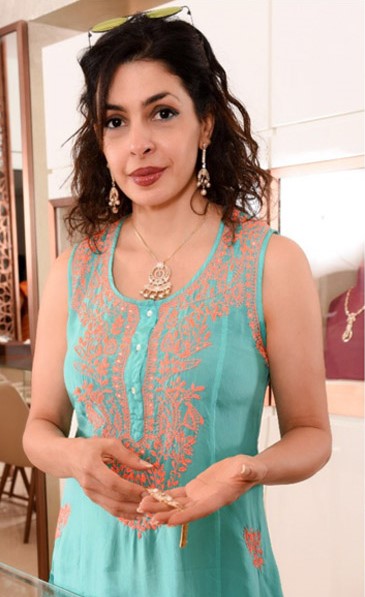
Nawaz Modi Singhania
Childhood in Mumbai
Born in Mumbai, Nawaz went to pre-school in the New Activity School at Hughes Road. Thereafter from the 1st to the 10th grade, she studied at the Cathedral and John Connon school in Mumbai.
Her family consisted of her father, her mother – who had left the family by the time she was aged 10, – and an elder and younger brother. “My father is a lawyer. Both my brothers got into the law and are practicing lawyers, my elder brother is a Senior Counsel at the Bombay High Court,” informs Nawaz, who is a Law graduate herself but never practiced it, as she was always passionate about fitness.
“I was not into sports at a young age, and got into fitness only in college. I was born frail, under-weight, white as a sheet, with the umbilical cord having gone around my neck four times over and choked me as a result; I was thought to be still-born. But you now know that I wasn’t!,” quips Nawaz, who did her Junior College and Bachelor of Arts at the St. Xavier‘s College in Mumbai.
Thereafter, she studied Law at the Government Law College and the KC Law College, both in Mumbai, and became a Law graduate. “Simultaneously I traveled to America where I got trained and certified as a Fitness Professional at the American Council of Exercise (ACE) and the International Dance Exercise Association (IDEA), where I taught for experience before returning to India to start my own brand (Body Art Fitness centres) in Mumbai,” says the Mumbaikar.
Carving her niche
Having no other place, Nawaz, then 21, initially started the fitness centre in the hall of her family home, while her place was being renovated on another floor in the same building. “I first started out just with an Aerobic Studio, with very few classes in terms of variety and also number of batches,” recalls Nawaz, who quickly built up on that to about 25 different routines of completely different genres and many more classes running through the day, seven days a week.
“Somewhere down the line, I added on a gym and later on, I pioneered the first equipment-based Pilates & Gyrotonics Studio in India. Next came an Aerial Arts Studio, Personal Training, and more,” informs Nawaz. The business soon expanded into a second location, followed by a third and fourth. Different centres would have different facilities, including Aqua Aerobics, Aqua Yoga, Spinning, amongst others.
“The offerings we have are humongous, and unlike many other centres, which just have a gym offering, we don’t have just one pill for every disease,” says Nawaz, whose fitness centres have a large variety of offerings just in her aerobic workshops. Presently, she runs five centres across Mumbai and has further expansion plans.
Nawaz’s fitness plan

“I am a long distance horse,” she says, about her own regimen. “I keep fit by teaching Body Art classes. It is sub-maximal work. On the days I might not be teaching, I get a Pilates workout in,” says Nawaz, who works out six days a week on an average. Depending on what kind of fitness routine she is following or teaching, her taste of music differs. “The music could widely vary from rock, pop, jazz, house, acid, lounge, hip-hop, Hindi, Punjabi, and more,” she says.
Nawaz specialises in power yoga as well. Ask her which one is more beneficial, yoga or workouts, she says it is important to cross train and engage in a large variety of fitness routines. “A particular workout will work for you, only up to a point – after which both physically and mentally one stagnates and does not see any further tangible benefits,” she explains adding that people get bored of the routine and its monotony. It ends up losing interest and ditch the exercise programme, she says.
She feels the body has to be challenged differently, for which it’s important to keep engaging in different activities to see the results in terms of fat loss, weight loss, toning, strengthening, flexibility, mobility, health benefits, and more. “Yoga is just one of our many offerings. All in all, we offer well over 30 genres of fitness routines,” informs Nawaz.
Move away from fitness talk and Nawaz comes across as a very passionate artist and art collector. “Its a very individual and personal journey into the depths of myself, my subconscious and core, crossing back and forth between worlds and realms, breaking barriers and more,” she feels.
The artist and author
Nawaz makes it a point to visit art galleries across the world during her travels. “I find art, history and culture intensely fascinating from the point of view of having an insight into the trajectory of mankind from wherever their individual beginning might have been,” she says.
Elaborating further, Nawaz says unanswered questions about why it is that we are where we are, and why it is that things are the way they are — can all be traced back in a very logical and fulfilling manner. “I find that riveting. Everything is inter-generationally linked, and to uncover the mysteries of life today, I find that in looking back, I excavate very plausible, relatable answers,” she says.
Her upcoming book, Time Arrest, published by Penguin Random House, is being launched in August 2023. “It would give the best possible peak into my journey as a life coach,” she informs.
Juggling so many roles is not easy. For Nawaz, everyday is very different from the last. Focussing on growth and management of Body Art, managing all matters related to her household, her children apart, she handles her father’s requirements and his household as well. “Besides, my varied involvement with the Raymond group of companies, my writing, painting, travel, social and other obligations that need to be met keep me busy,” smiles Nawaz.
Future plans
There are many future plans and mini projects in the pipeline, says Nawaz, who feels it’s best to keep them to oneself till they actually materialize. “Call me superstitious, or the fact that energy is very real and if it stays within you, it comes out in the right way, but if it leaves you in the wrong way, it perhaps never manifests. What I do will speak for itself, rather than just my words. Time will tell,” she says.

Nawaz says she has been lucky enough to engage in all her hobbies adequately. “I am very creative with my hands and fascinated with all things to do with the mind, psychiatry and psychosis,” says Nawaz, who watches TV just for News. For Knowledge, she tunes into Nat Geo and the Discovery Channel! “I consume a lot of educational content on YouTube. When time permits, I enjoy the odd Netflix flick.”
The Singhania family loves travelling. “I am very well-travelled, though there are a few places I still have on my bucket list. Mostly that’s to do with Safari. The Amazon jungle, Botswana, Madagascar, Brazil are my dream vacays,” she informs.
Follow Nawaz on Instagram.

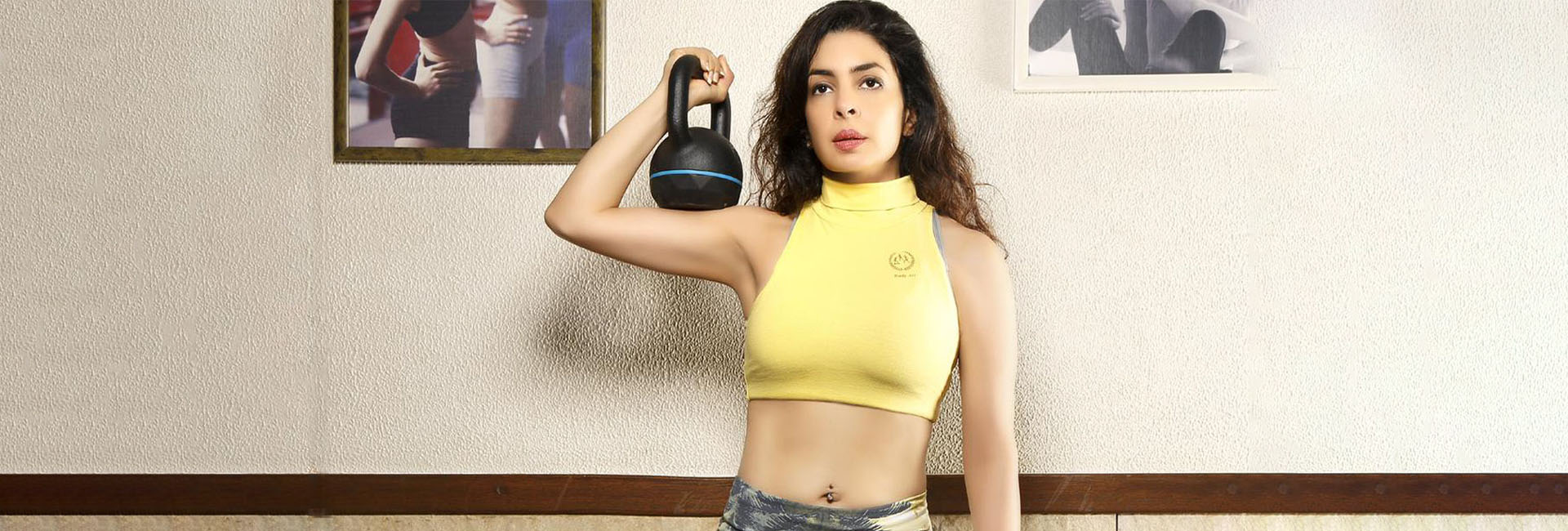
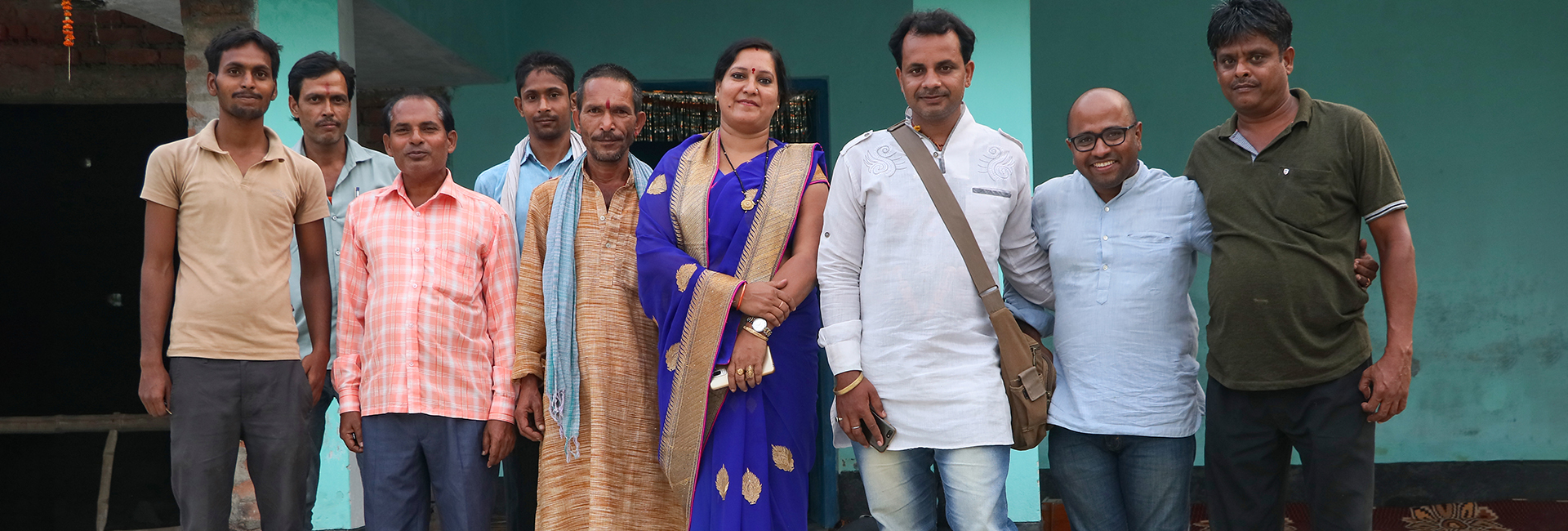
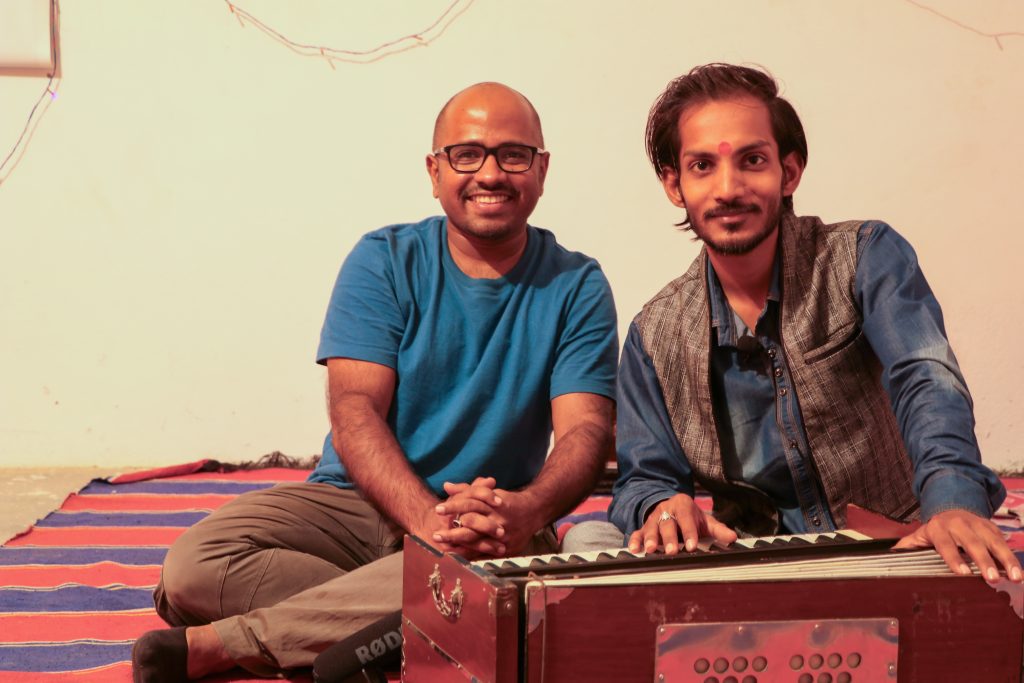 Simit Bhagat with a Bhojpuri folk artist[/caption]
Simit Bhagat with a Bhojpuri folk artist[/caption]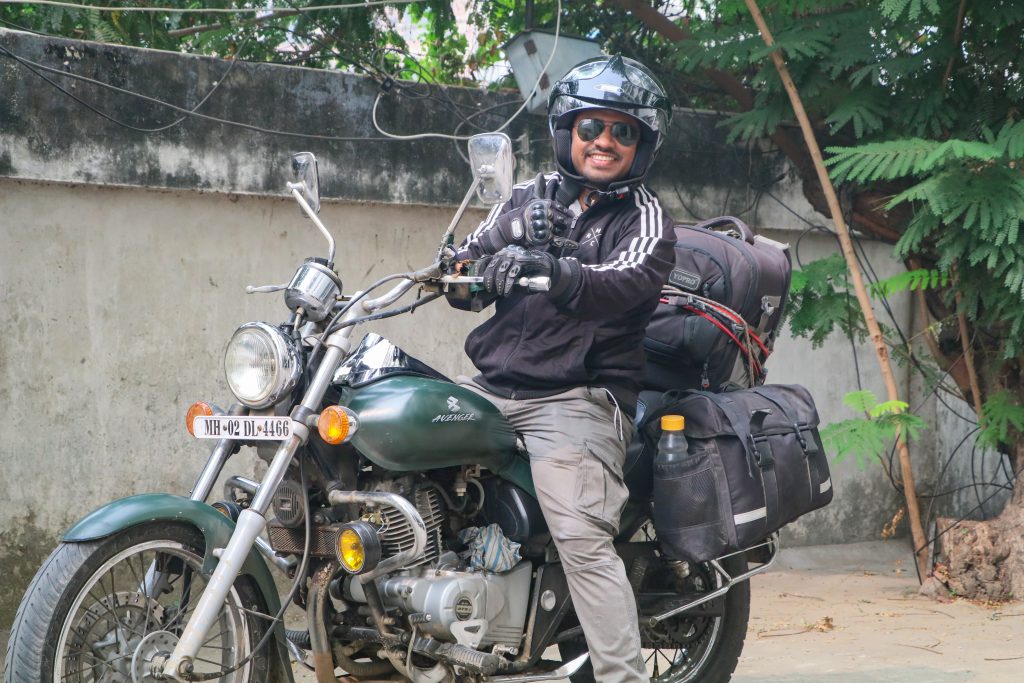
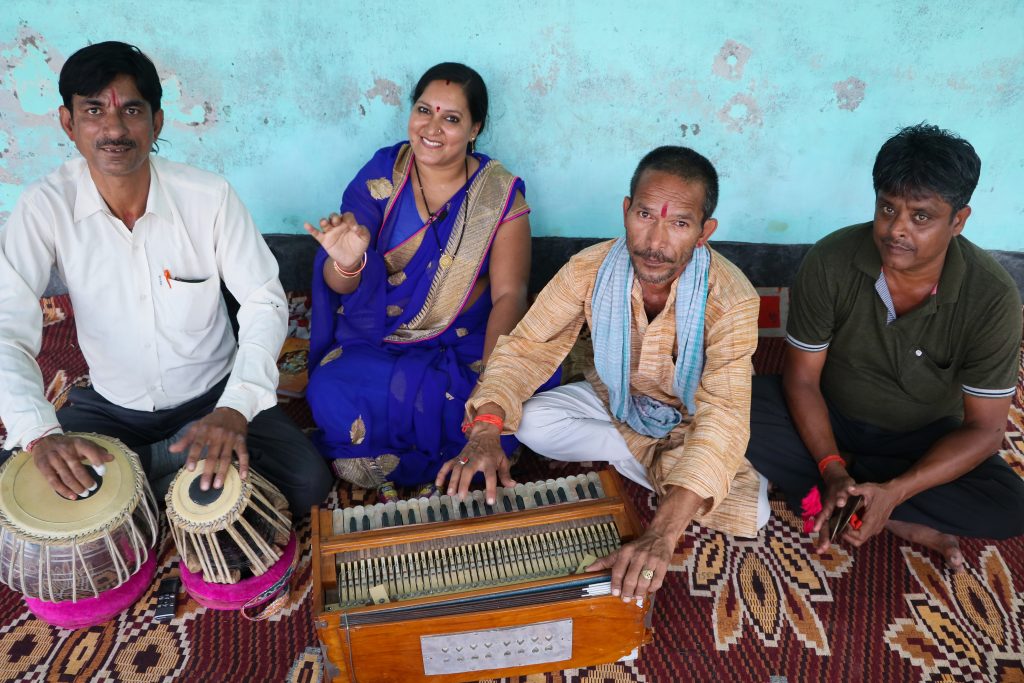 Simit Bhagat[/caption]
Simit Bhagat[/caption]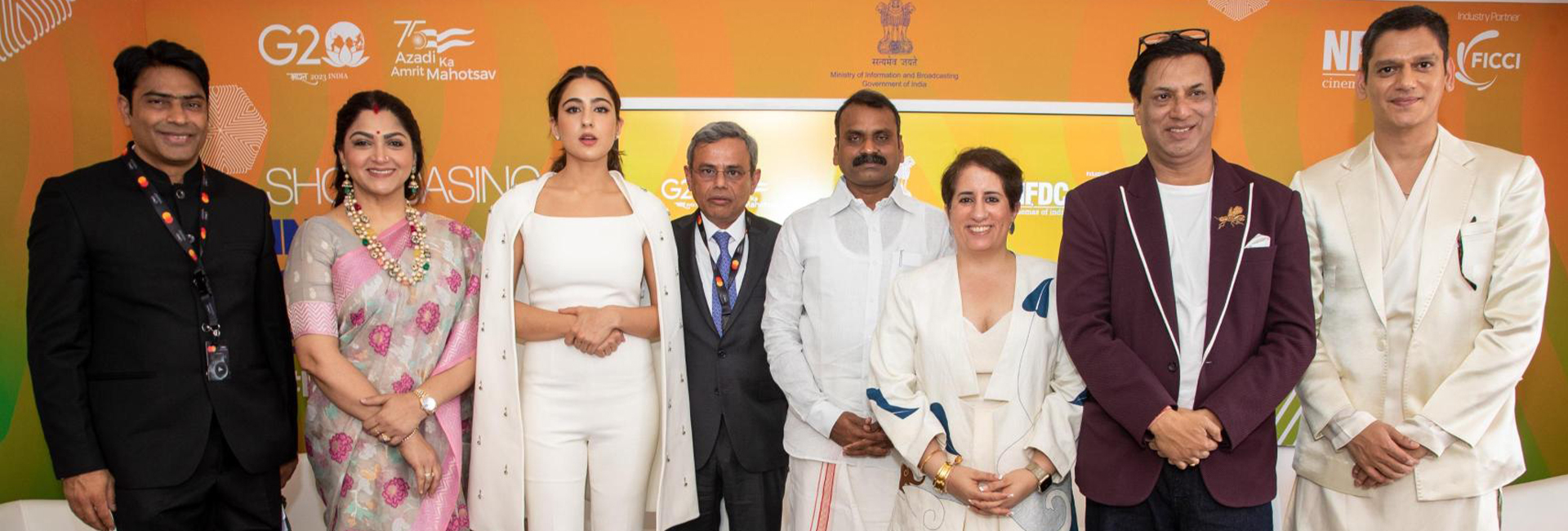
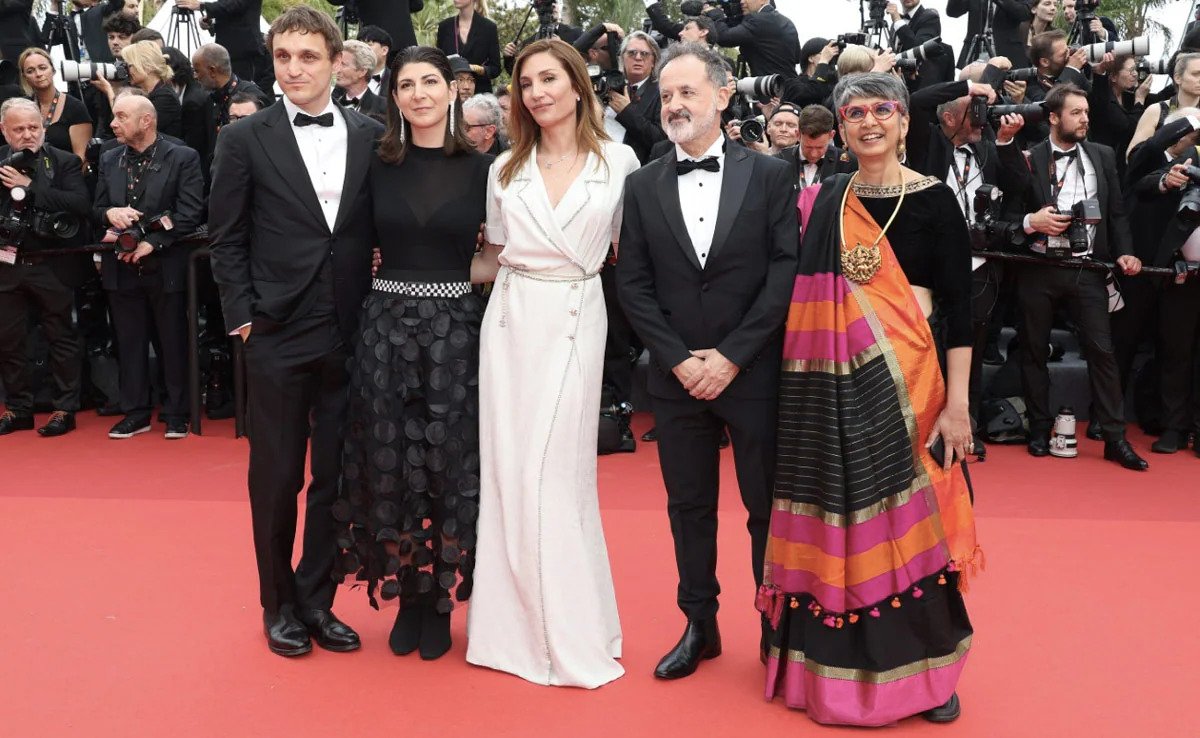
 Sara Ali Khan at Cannes 2023[/caption]
Sara Ali Khan at Cannes 2023[/caption] Aishwarya Rai Bachchan at Cannes 2023[/caption]
Aishwarya Rai Bachchan at Cannes 2023[/caption]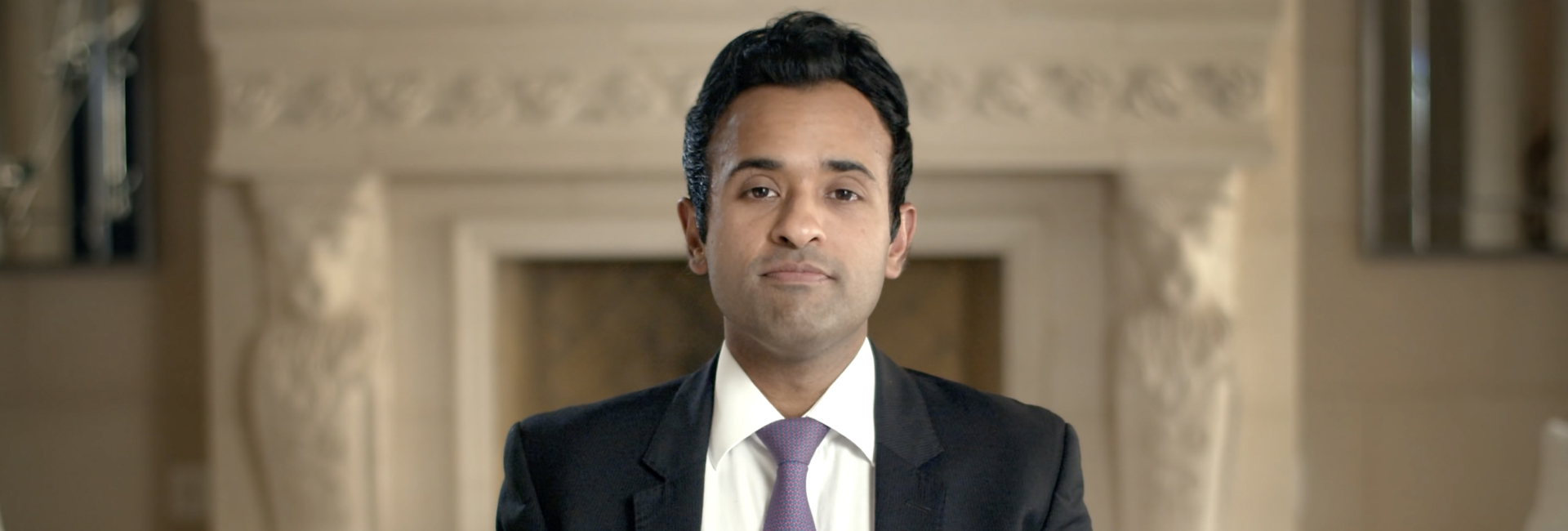
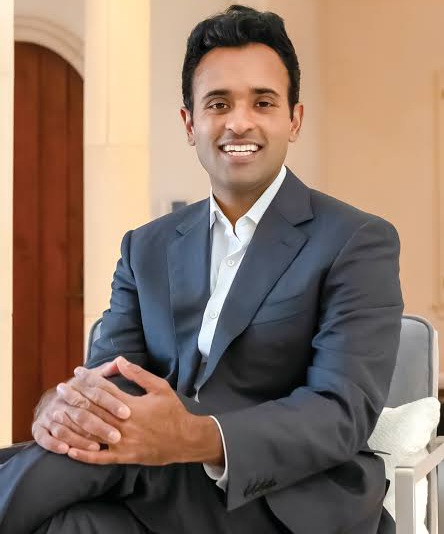 Vivek Ramaswamy[/caption]
Vivek Ramaswamy[/caption]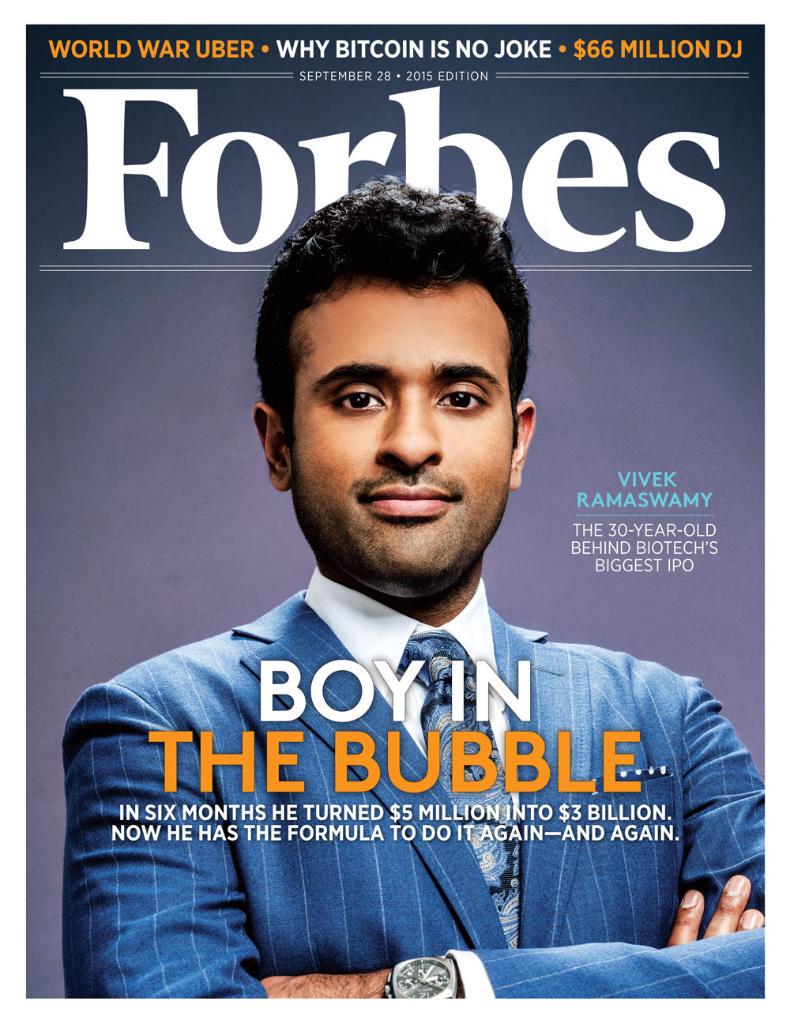 Photo:
Photo: 
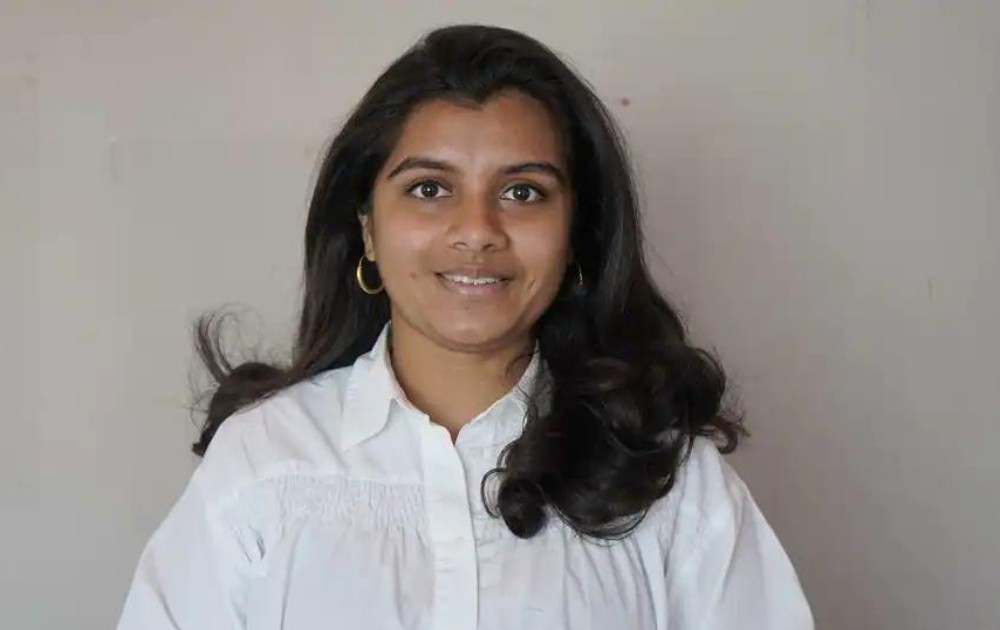

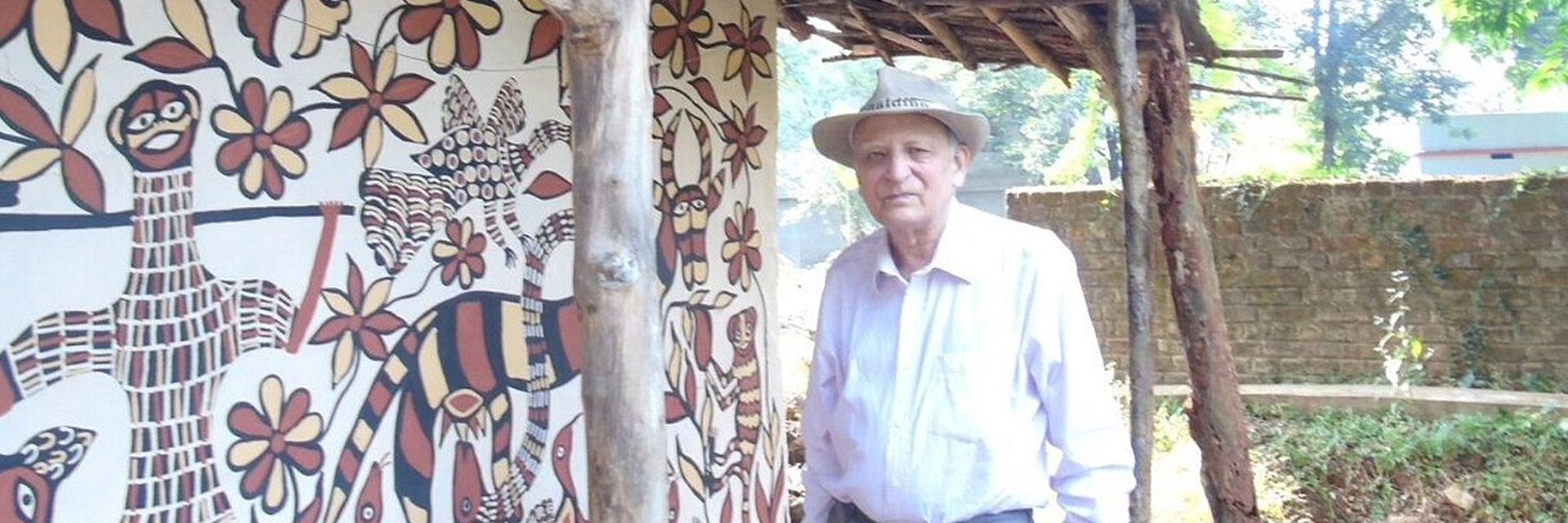
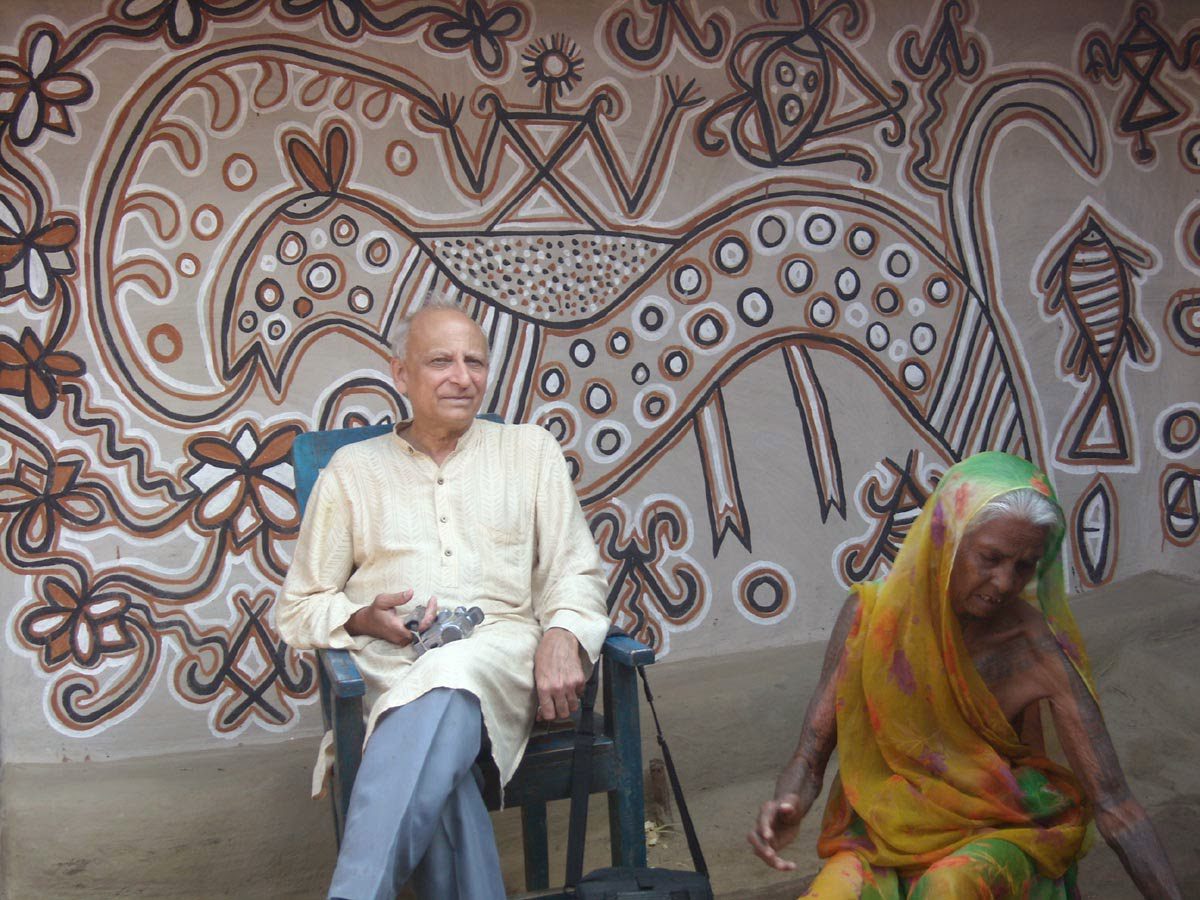
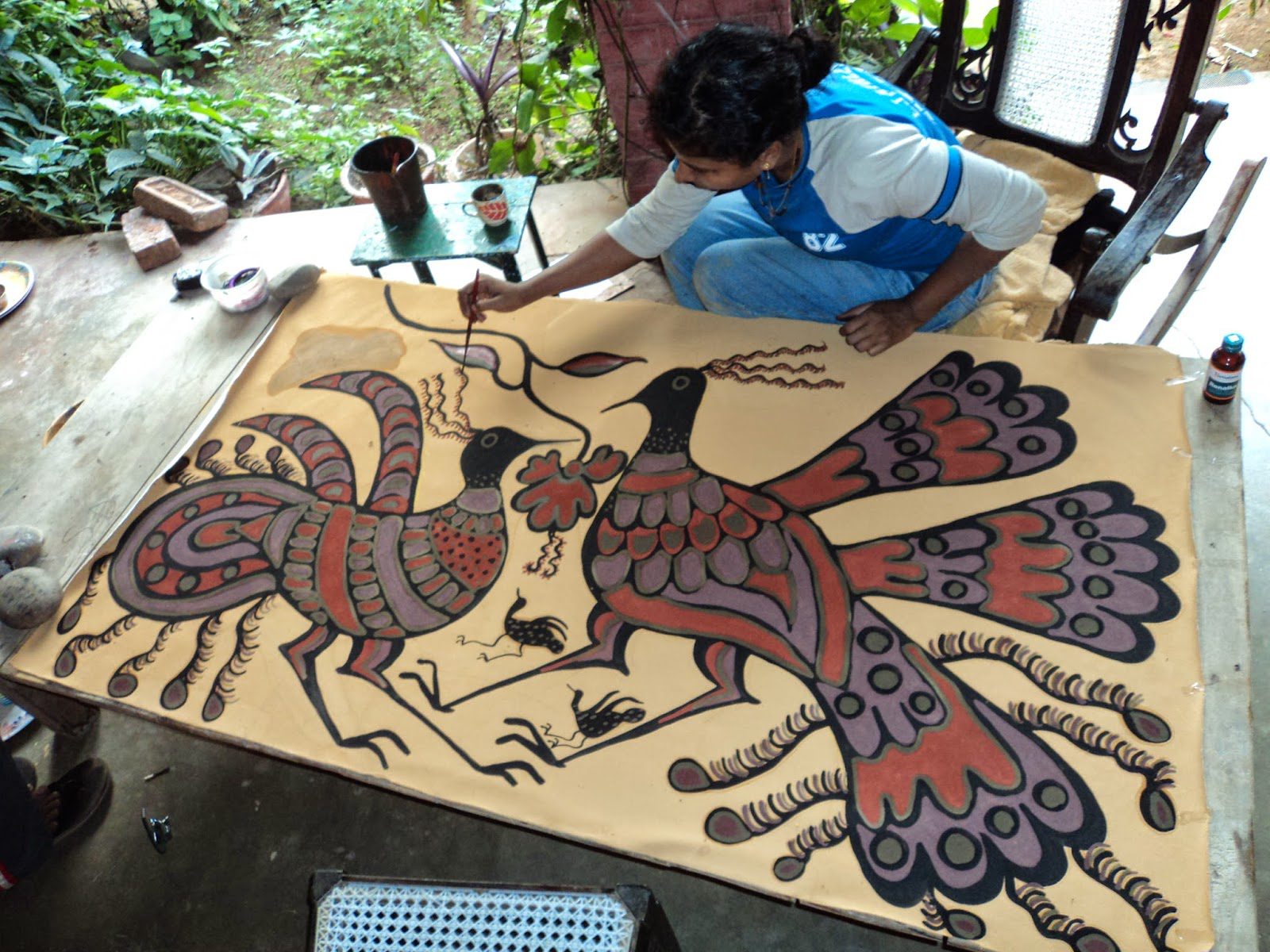 Bulu's daughter, Juliet Imam, making a tribal art[/caption]
Bulu's daughter, Juliet Imam, making a tribal art[/caption]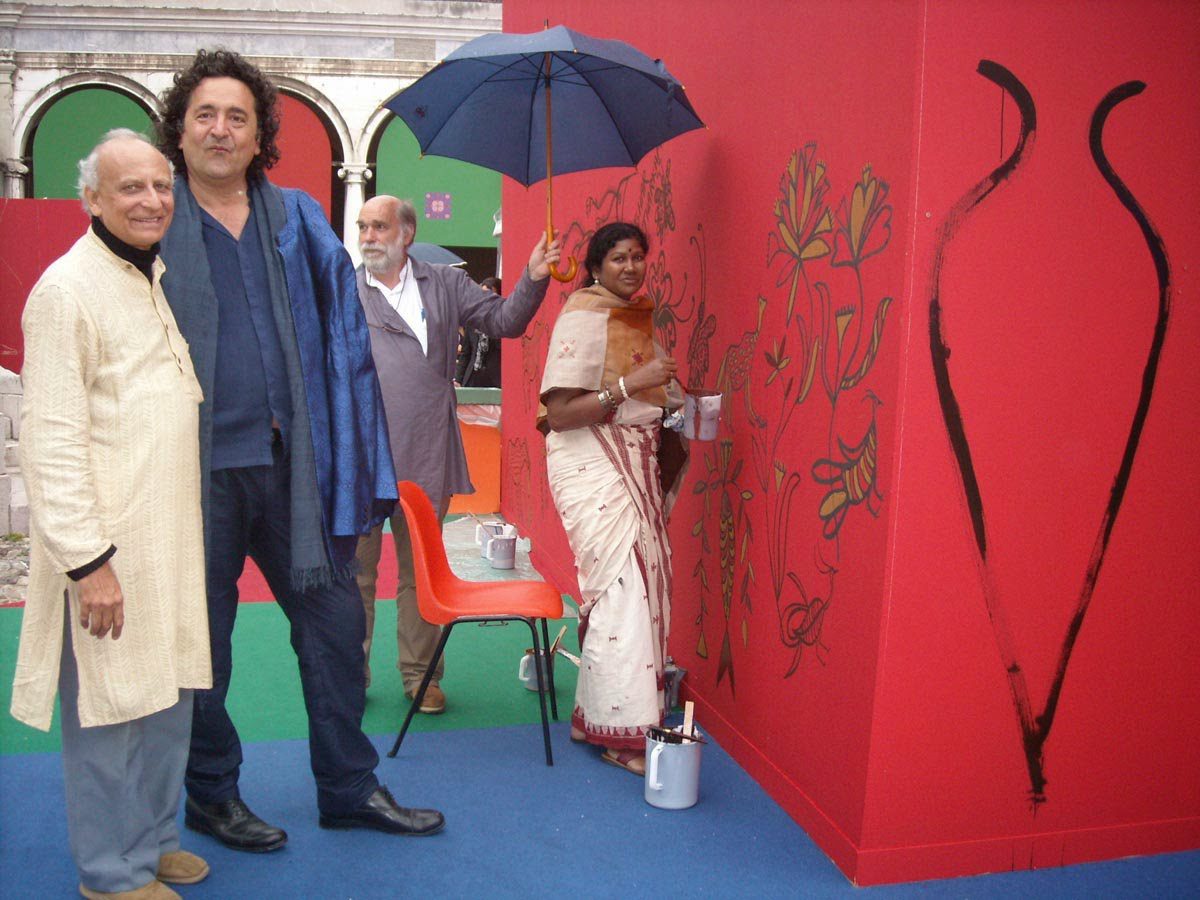 Bulu Imam, Tarshito, Erwin Neumayer, and Philomina painting in Vicino Lantano Festival[/caption]
Bulu Imam, Tarshito, Erwin Neumayer, and Philomina painting in Vicino Lantano Festival[/caption]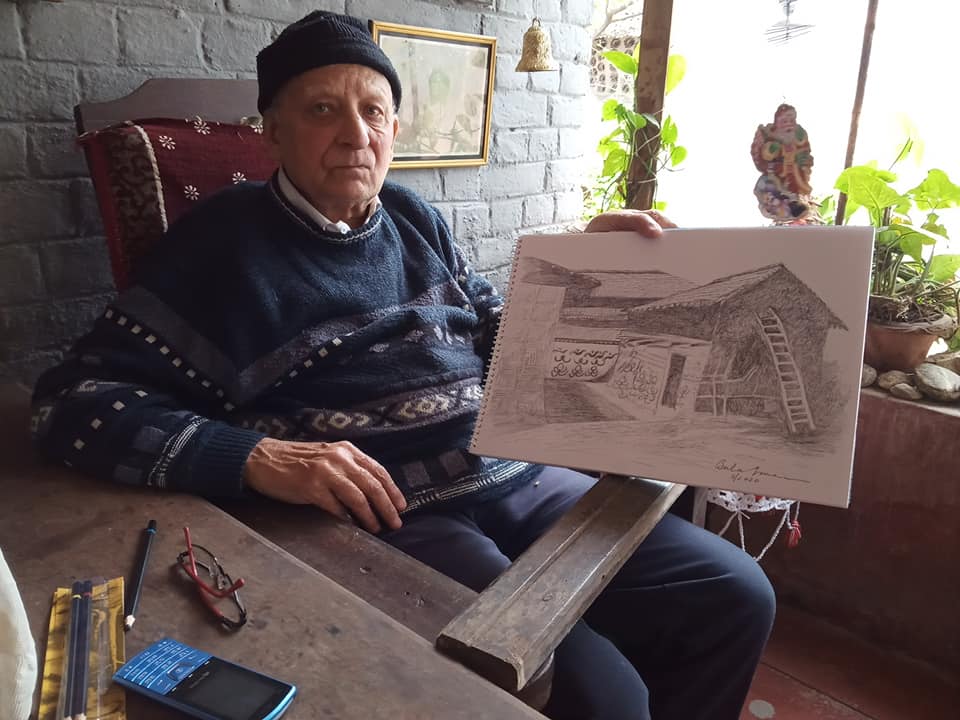 Bulu still likes to sketch whenever he finds some free time[/caption]
Bulu still likes to sketch whenever he finds some free time[/caption]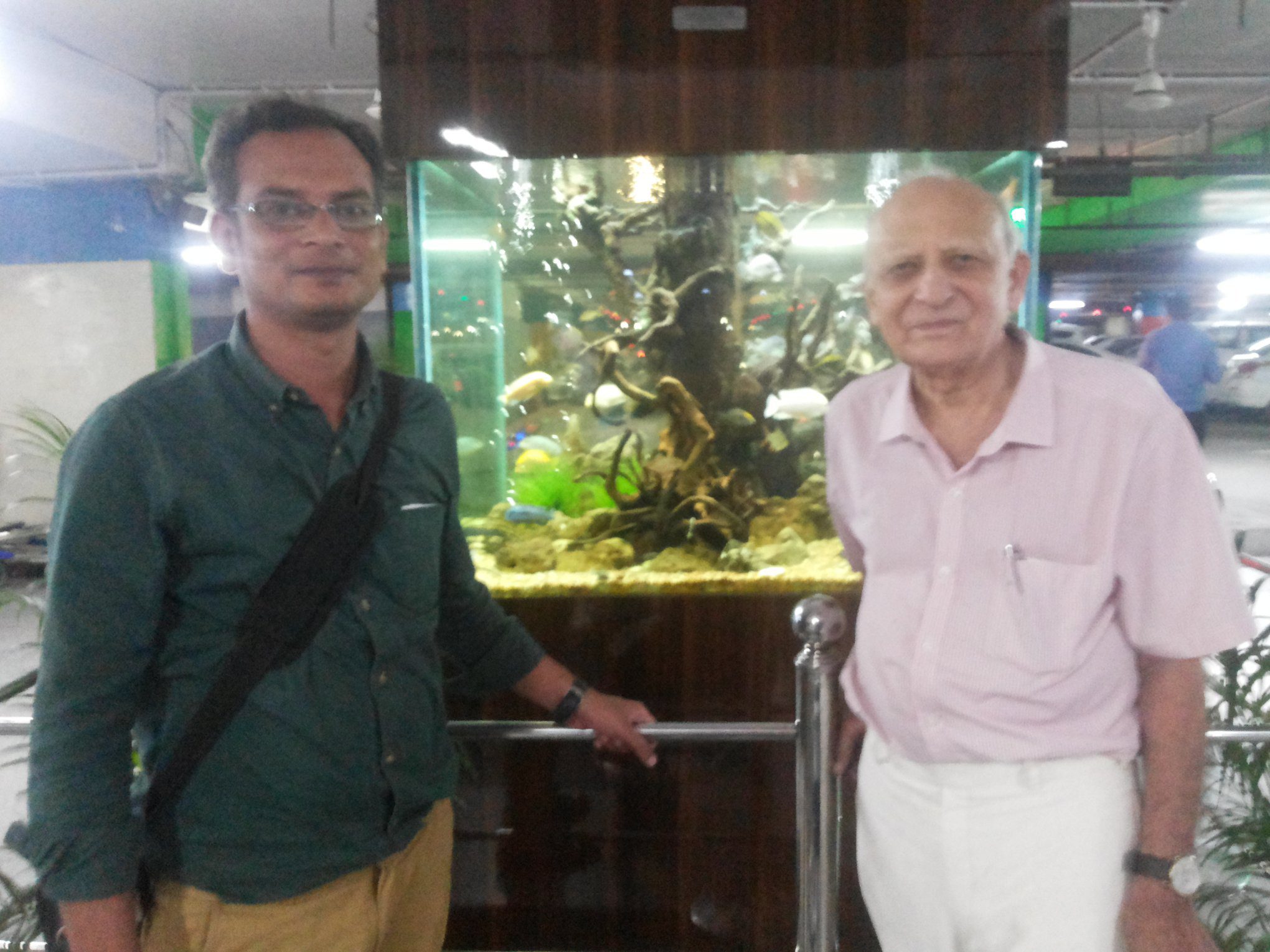 Bulu with his son, Gustav Imam[/caption]
Bulu with his son, Gustav Imam[/caption]